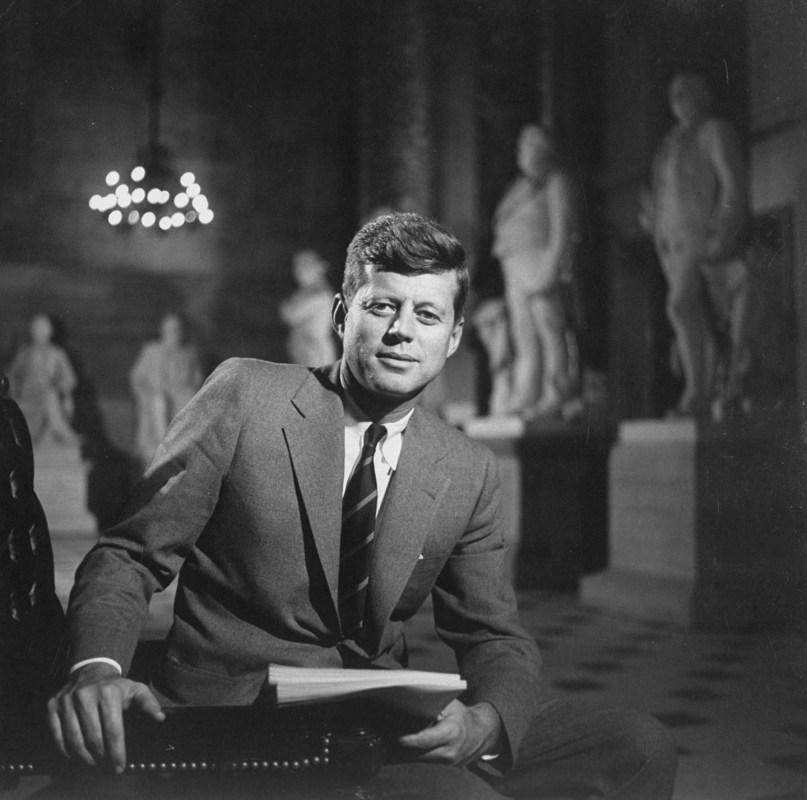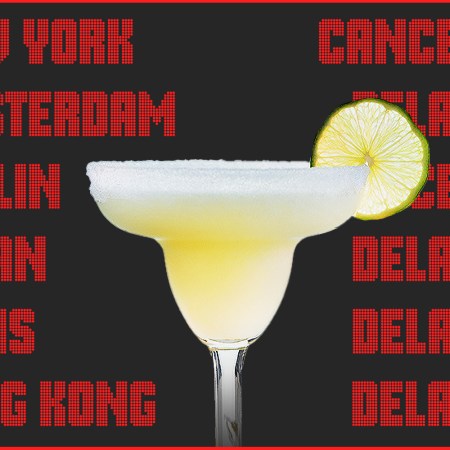President John F. Kennedy served just shy of three years as president before his assassination on November 22, 1963. Young, good looking, and the first Catholic president, JFK’s untimely death left the US in a state of shock. As the 55th anniversary of the 35th American President’s death approaches, we look back on indelible moments from his time in the White House.
1. Inauguration Day
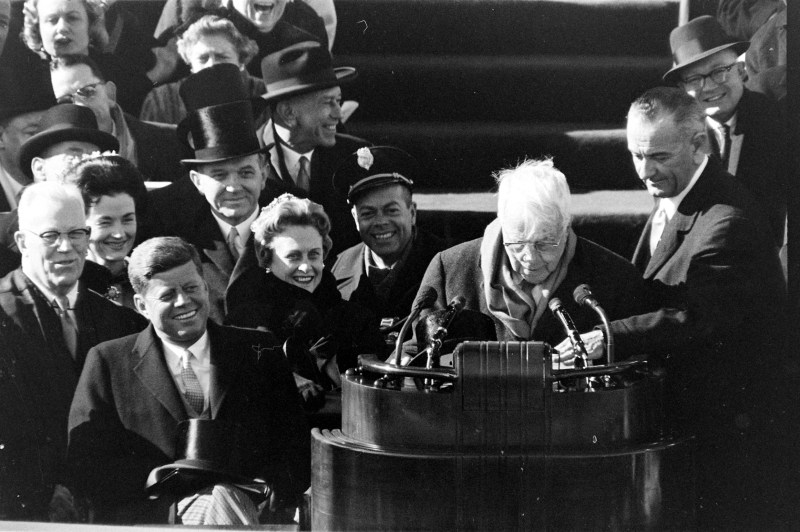
On January 20, 1961, Kennedy spoke the now famous phrase during his inauguration speech: “Ask not what your country can do for you; ask what you can do for your country.” He went on to call for all to band together against “common enemies of man: tyranny, poverty, disease, and war itself.” Kennedy selected members to his staff who were both seasoned and inexperienced. “We can learn our jobs together,” JFK once stated.
2. Creation of the Peace Corps
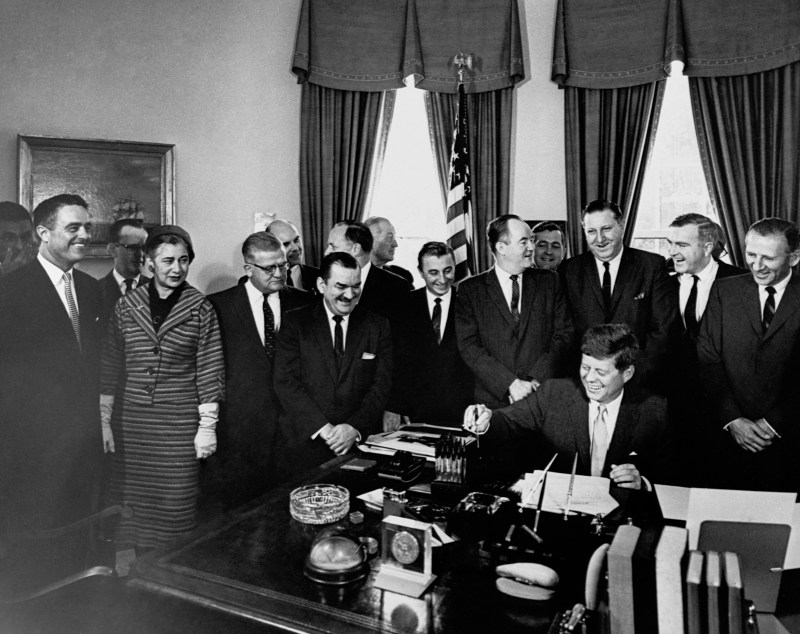
Prior to his presidency, Kennedy had been an outspoken advocate of helping others in need– domestically and internationally. It came as no surprise when one of his first official Oval Office acts was creating the Peace Corps. Established on March 1, 1961, the mission of the special volunteer program is to “promote world peace and friendship … and shall make available to interested countries and areas men and women of the United States qualified for service abroad and willing to serve, under conditions of hardship if necessary, to help the peoples of such countries and areas in meeting their needs for trained manpower.” Since launching, over 220,000 citizens have joined the ranks of Peace Corps volunteers.
3. The Great Space Race
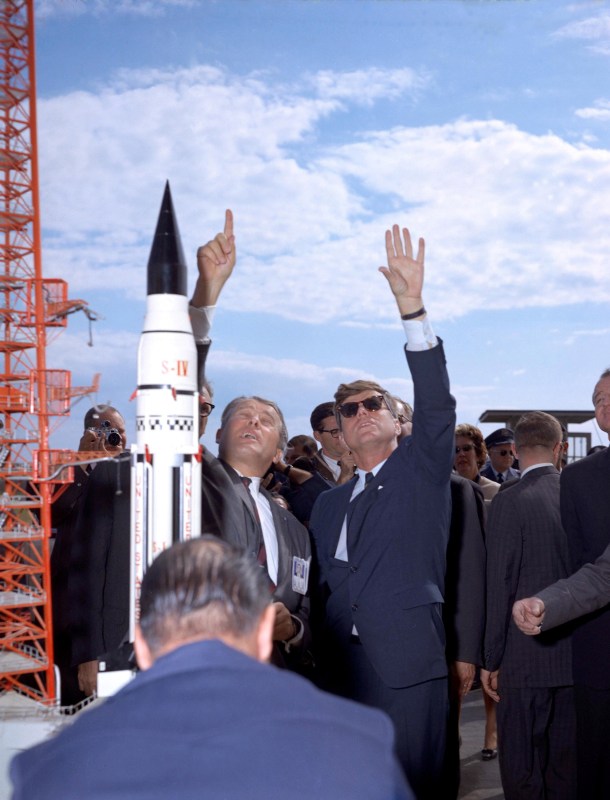
During the 1960s, America looked to space for a new adventure. If we didn’t move quickly the Russians would be leaving the United States in their interstellar dust. JFK vowed to put a man on the moon by the end of the decade (and before the Russians).
During the summer of ‘62 Kennedy gave his famous “moon speech.” “For the eyes of the world now look into space, to the moon and to the planets beyond, and we have vowed that we shall not see it governed by a hostile flag of conquest, but by a banner of freedom and peace,” JFK said at Rice University in Houston. “We have vowed that we shall not see space filled with weapons of mass destruction, but with instruments of knowledge and understanding.”
On July 20, 1969, Neil Armstrong hopped along the lunar surface, making good on JFK’s 10-year deadline to rocket a man to the moon.
4. The Nuclear Test-Ban Treaty
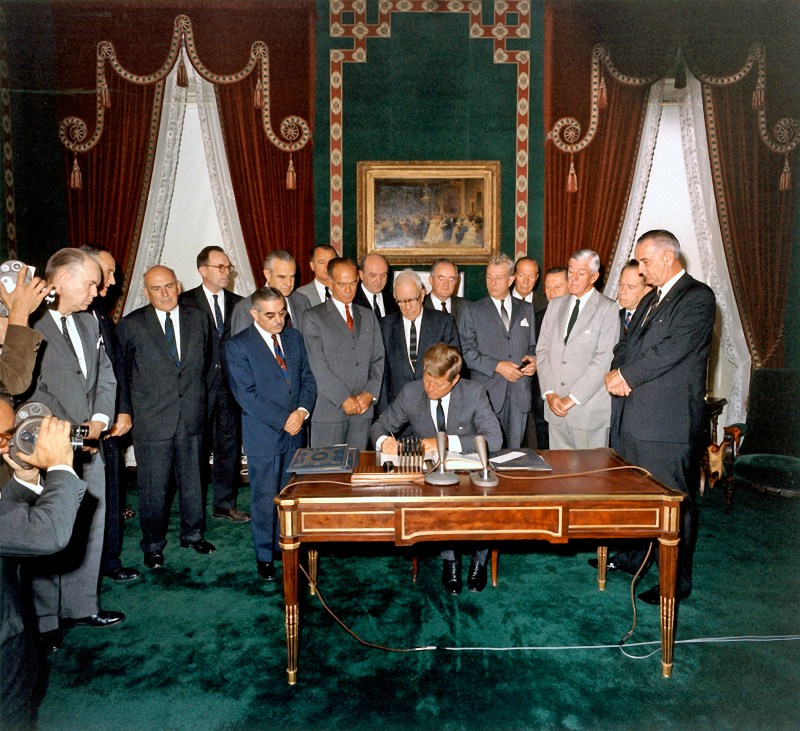
By 1955 radioactive fallout had become a major public talking point. The Cuban missile crisis proved just how dangerous war, atomic or not, can be for not just the parties directly involved, but for the entire global population.
On August 5, 1963, the United States, the UK and the Soviet Union signed the Nuclear Test-Ban Treaty to limit the testing of nuclear weapons to underground testing facilities. Atomic bombs were not to be tested under water, in the atmosphere, or in outer space. A short time after JFK signed the treaty more than 100 other global governments signed on.
Although a treaty on testing was signed, world governments could still stockpile and utilize nuclear weapons during wartime.
5. JFK & Civil Rights
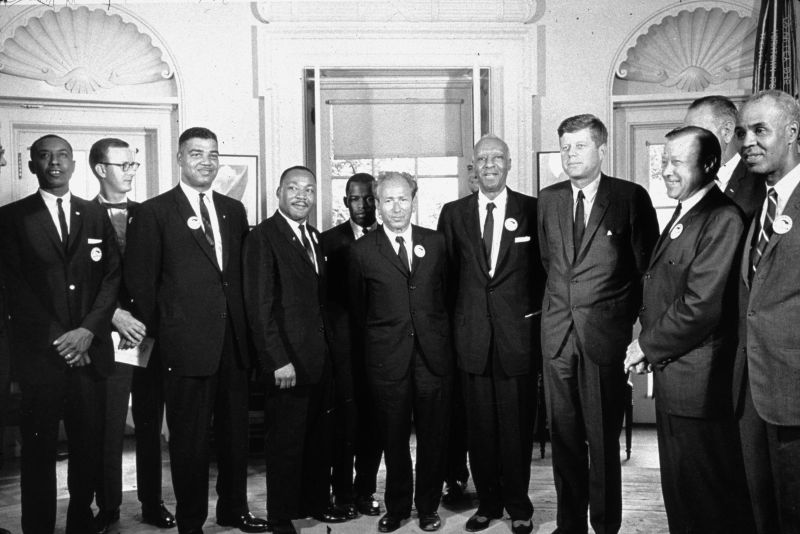
In July of 1963 JFK addressed congress, calling the civil rights movement a “moral crisis,” in what some believe to be his finest speech. “I hope that every American, regardless of where he lives, will stop and examine his conscience about this and other related incidents,” he said. “This Nation was founded by men of many nations and backgrounds. It was founded on the principle that all men are created equal, and that the rights of every man are diminished when the rights of one man are threatened.”
The president went on to say, “Those who do nothing are inviting shame as well as violence. Those who act boldly are recognizing right as well as reality. Next week I shall ask the Congress of the United States to act, to make a commitment it has not fully made in this century to the proposition that race has no place in American life or law. The Federal judiciary has upheld that proposition in a series of forthright cases. The executive branch has adopted that proposition in the conduct of its affairs, including the employment of Federal personnel, the use of Federal facilities, and the sale of federally financed housing.”
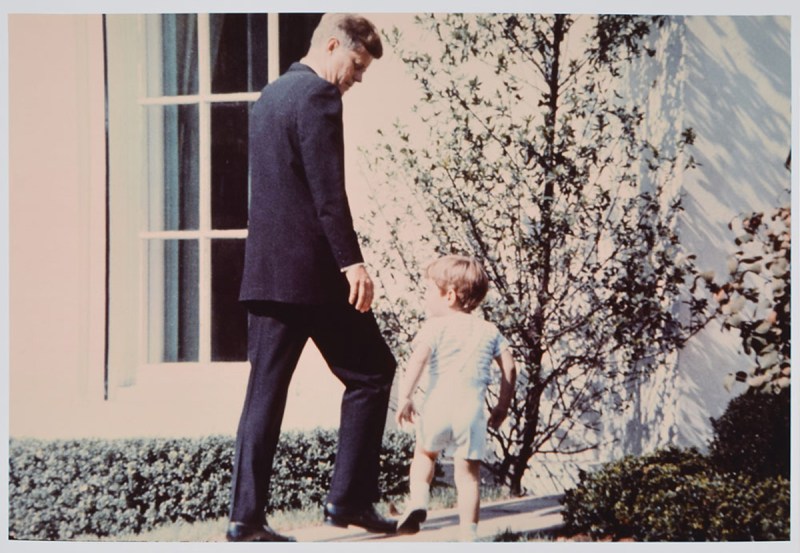
This article appeared in an InsideHook newsletter. Sign up for free to get more on travel, wellness, style, drinking, and culture.
